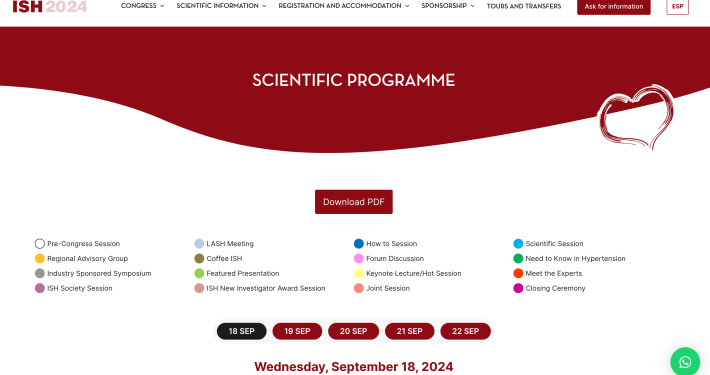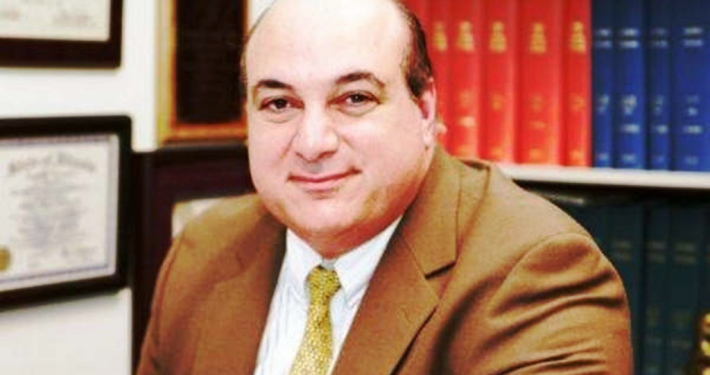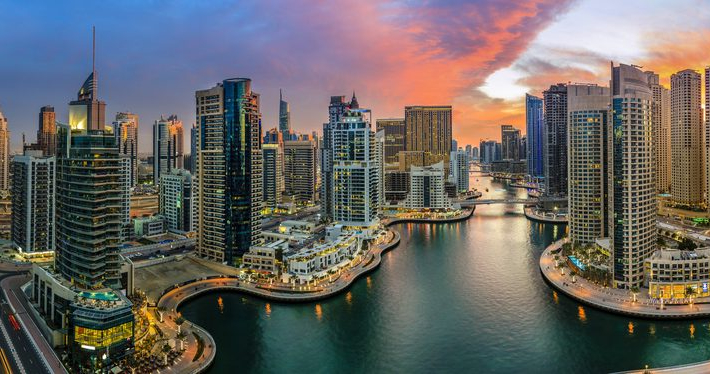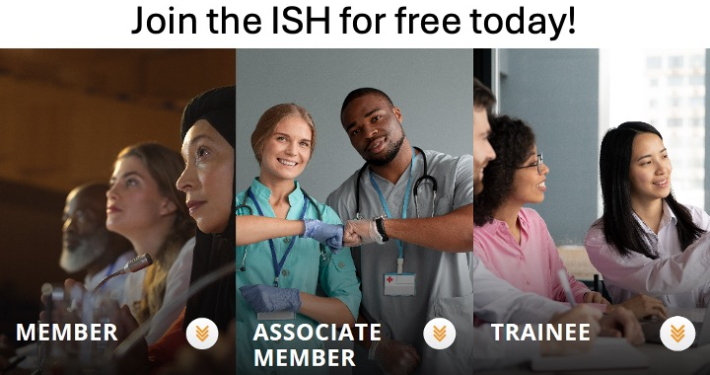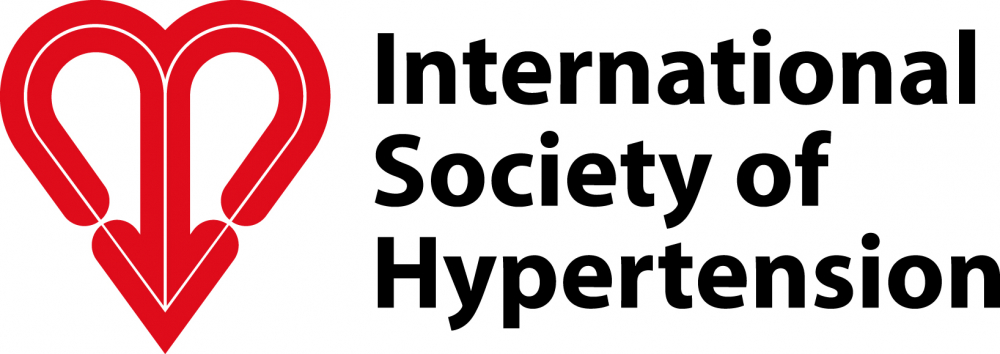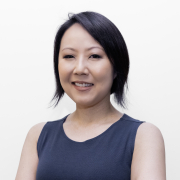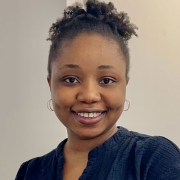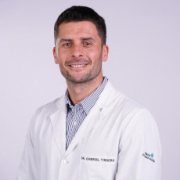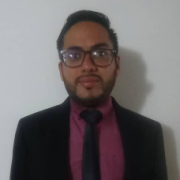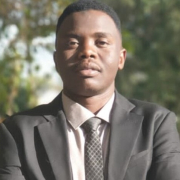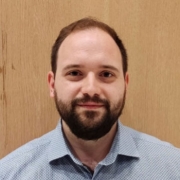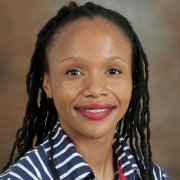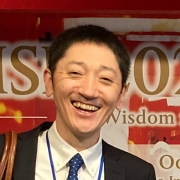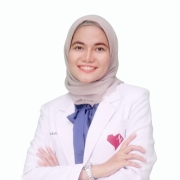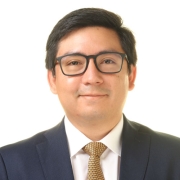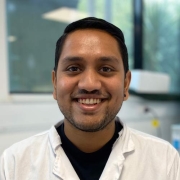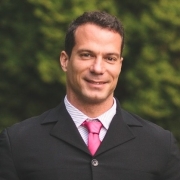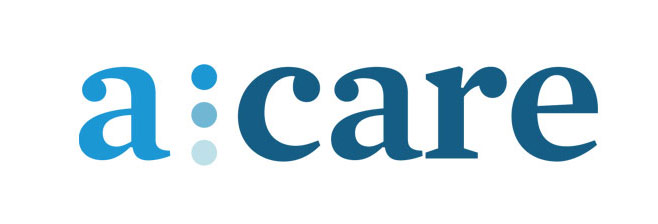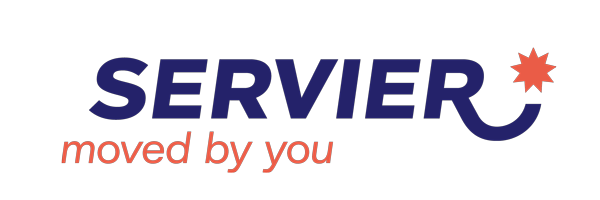How did you become interested in research relating to Hypertension?
For as long as I can remember I have been interested in sport/exercise as well as human physiology. This is what lead me to combine the two and undertake my undergraduate training in exercise science. During this training, I became particularly interested in cardiovascular physiology. From there, the opportunity to undertake a PhD in the area of blood pressure physiology and exercise was too tempting, and the rest is history.
Describe your research & the program/lab (info of your supervisor) that you are in?
I undertook my PhD and postdoctoral work in the Blood Pressure Research Group at Menzies’ in Hobart, Tasmania, led by Prof James Sharman. The groups focus has always been clinical research with the aim of providing new and better ways to identify and manage high blood pressure. A key component of the groups work has centred around exercise physiology and in particular the clinical relevance of exercise blood pressure. It is through my work in this area that I was recently able to branch out and take a leadership role within this field as the founder of the Clinical Exercise Physiology Research Group at Menzies.
What do you consider to be your substantial scientific contribution so far (provide Pubmed PMID if possible)?
Schultz MG, Davies JE, Roberts-Thomson P, Black JA, Hughes AD, Sharman JE. Exercise central (aortic) blood pressure is predominantly driven by forward traveling waves, not wave reflection. Hypertension. 2013 Jul;62(1):175-82. PMID: 23382486.
I have chosen this paper as it was the main study to arise from my PhD. The study itself involved complex methods that were undertaken within a clinical (cardiac catheterisation laboratory) environment. It me took three-years to learn the methods and recruit 10 participants. The results were the first application of invasive wave intensity analysis during exercise in humans and demonstrated that blood pressure increases with exercise are not related to an increase in wave reflection (which was the dogma at the time).
What is your favourite manuscript from a lab other than your own (provide Pubmed PMID if possible)?
Baksi AJ, Treibel TA, Davies JE, Hadjiloizou N, Foale RA, Parker KH, Francis DP, Mayet J, Hughes AD. A meta-analysis of the mechanism of blood pressure change with aging. J Am Coll Cardiol. 2009 Nov 24;54(22):2087-92. PMID: 19926018.
I first read this paper during my PhD candidature and was impressed with how it was written. It is written in such a manner as to acknowledge limitations but at the same time rigorously close off potential for negative critic. It also highlights a very important message relating to long-standing dogma surrounding blood pressure physiology, specifically how pressure increases with aging. It is a highly-under cited, important, and often forgotten piece of work (in my opinion).
What facilities are essential for your research?
My research involves the collection and analysis of human (clinical) data in most cases, so we need access to clinical research facilities and a wealth of medical devices and equipment. We are very lucky to have a great clinical research facility and relevant equipment here at Menzies. Much of my research also involves the use of previously collected data from large cohort or clinical studies, and so there is a great deal of time spent in the management and analysis of these complex datasets.
Where do your research strengths lie? Why? What are your research weaknesses? How will you improve?
I like to think that my research strength is an ability to relate all research findings back to physiological or clinical relevance/meaning, as well as acting as a team player. I would suggest I have many weaknesses, but I perhaps lack (although continue to learn) a detailed understanding of complex/epidemiological statistical modelling, and how to implement these via syntax in statistical programs such as r and/or STATA.
Describe your unforgettable (proudest) moment in science, and the most challenging situation that you have had to overcome (lessons learnt) so far?
It is always nice when a paper is accepted for publication, that you know you have put in a lot of effort to over a sustained period of time. One of my proudest moments is probably presenting some of my PhD data (which was somewhat controversial at the time) to the worlds most eminent researchers in the field at the Artery conference in Vienna, 2012. I was very nervous (in particular with what questions I may receive) but was able to answer everything and ended up wining a runner-up prize for best presentation.
Lessons are learnt almost daily but dealing with setbacks (such as paper rejections or unsuccessful applications) by putting your head down and getting on with it is something that I feel I have learned to do a lot better now.
At which conference did you first present? How was your experience?
My first oral presentation at a conference was the ‘Be Active 09’ Sports Medicine Australia conference that was held in Brisbane, Australia in 2009. I presented the work completed during my Masters study. I remember being very nervous but perhaps not as nervous as I sometimes get now when I speak at conferences – I guess I didn’t know what I was in for at the time!
What upcoming conferences will you be attending, and what is the furthest distance that you have traveled for a conference?
Upcoming conferences I will be attending and presenting at in 2019 include the North American Artery Society meeting, to be held in Iowa City, USA May 18-19th, and also the European Society of Hypertension congress to be held in Milan, Italy, June 20th-24th.
Most conferences are a long way from Hobart (we arguably have some of the longest conference commutes in the World) – the furthest I have attended is likely one of the European Artery meetings I have attended in Krakow, Poland, or Copenhagen, Denmark.
How did you learn about ISH/NIN and its activities?
I have been involved with ISH since attending my first ISH meeting in 2012 when it was held in Sydney, Australia. It was via my supervisor at the time that I learnt about the ISH and also the newer initiative of the NIN.
Who is your role model in Science? Why?
I have been very lucky to work with and learn from some fantastic academic/science role models. This is, however, a pretty easy question for me – Prof James Sharman. Jim is a fantastic mentor (recently awarded the ISH academic mentoring award in 2018) and it is his dedication, enthusiasm and drive to complete research of significant international relevance that has enabled me to learn and develop my career in blood pressure research.
What are your scientific goals? Advise for talented emerging scientists?
My goal in research is to continue to produce research that is of international clinical relevance, so as to contribute to improving the identification and management of high blood pressure. I hope that my research is able to improve outcomes related to high blood pressure and cardiovascular disease.
My advice to those starting out in a research career is to listen and learn from your supervisors and other researchers. Work hard to get ‘runs on the board’ and remember that ‘people’ should always come first – research is a team sport.

